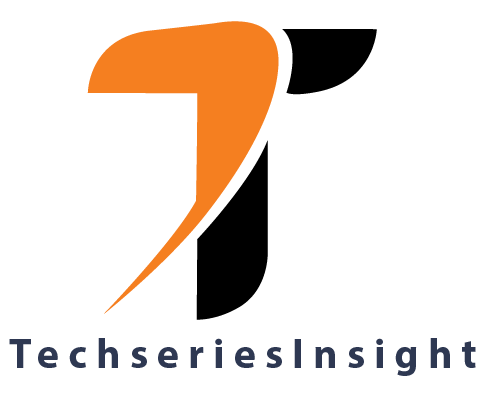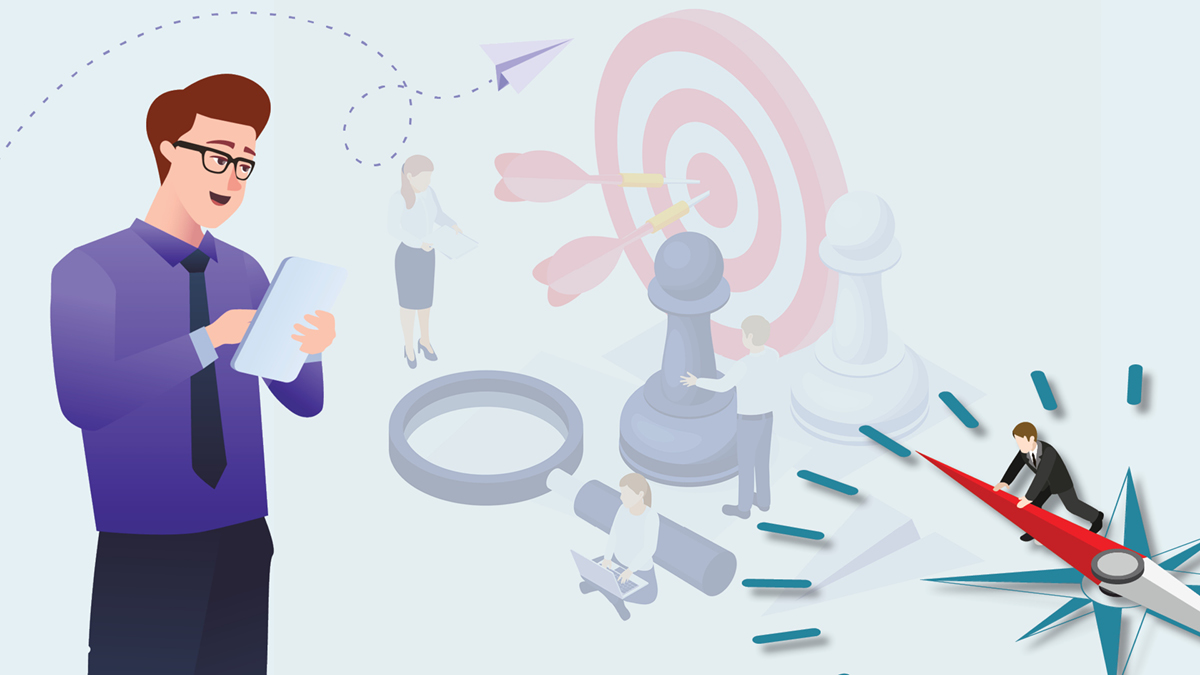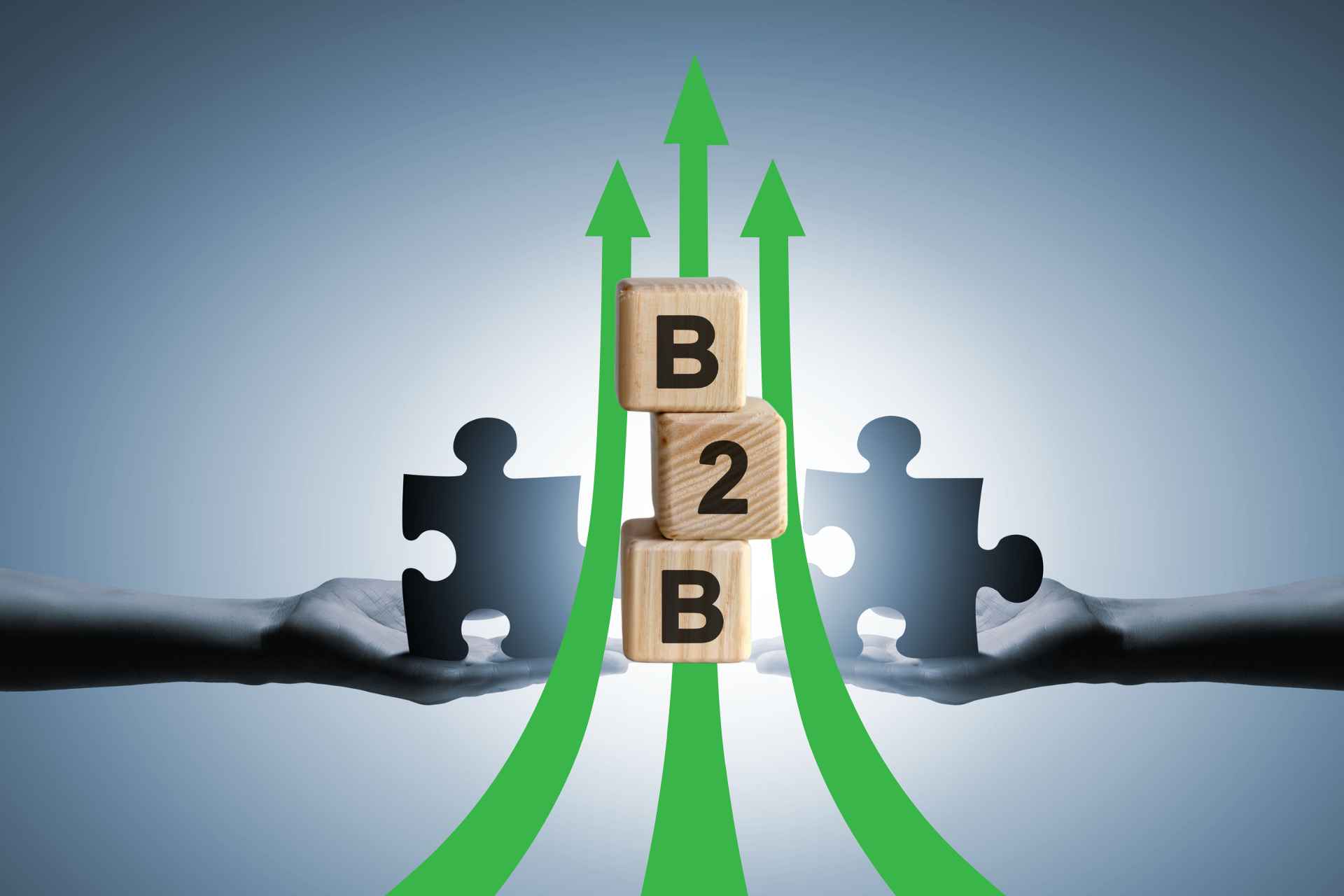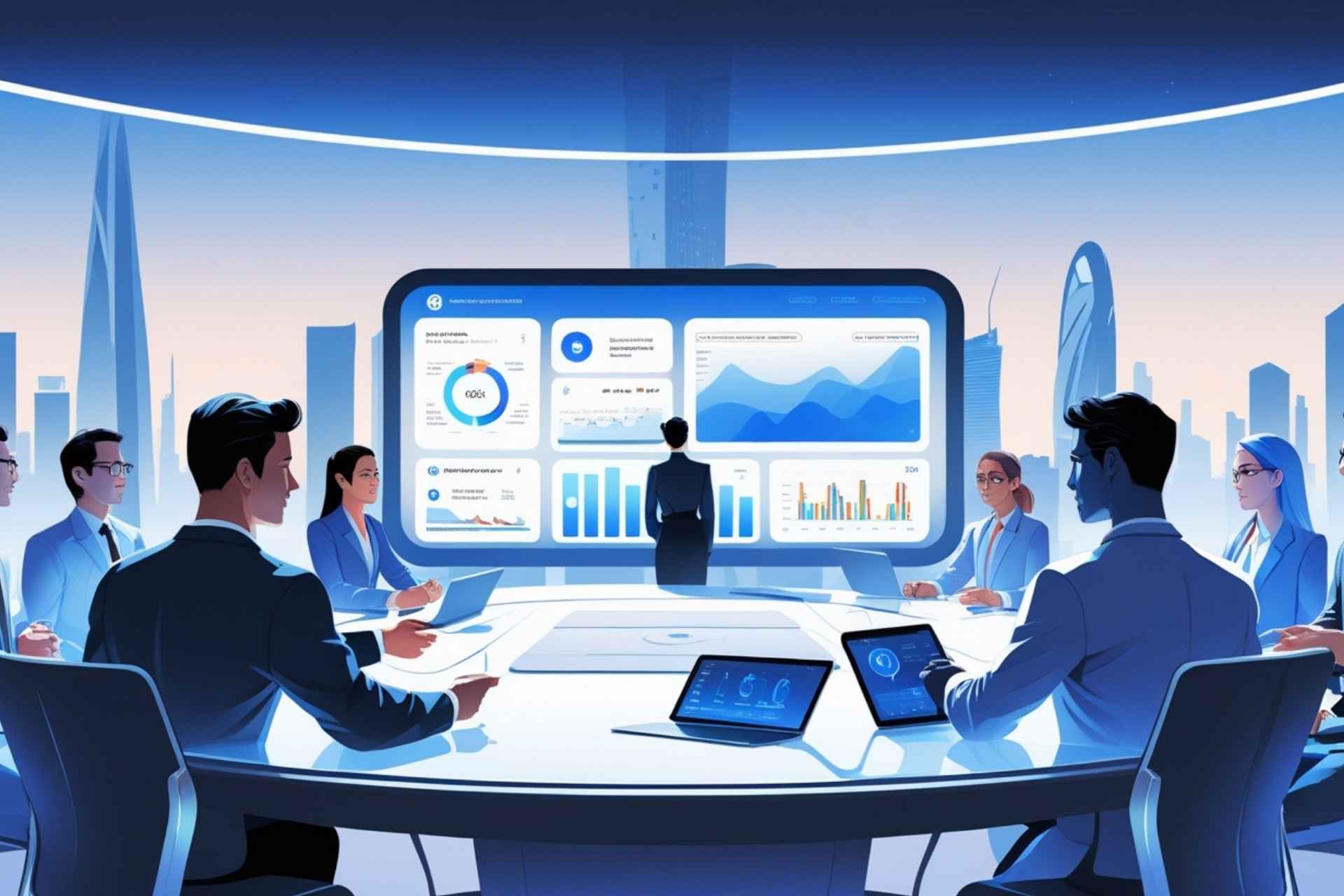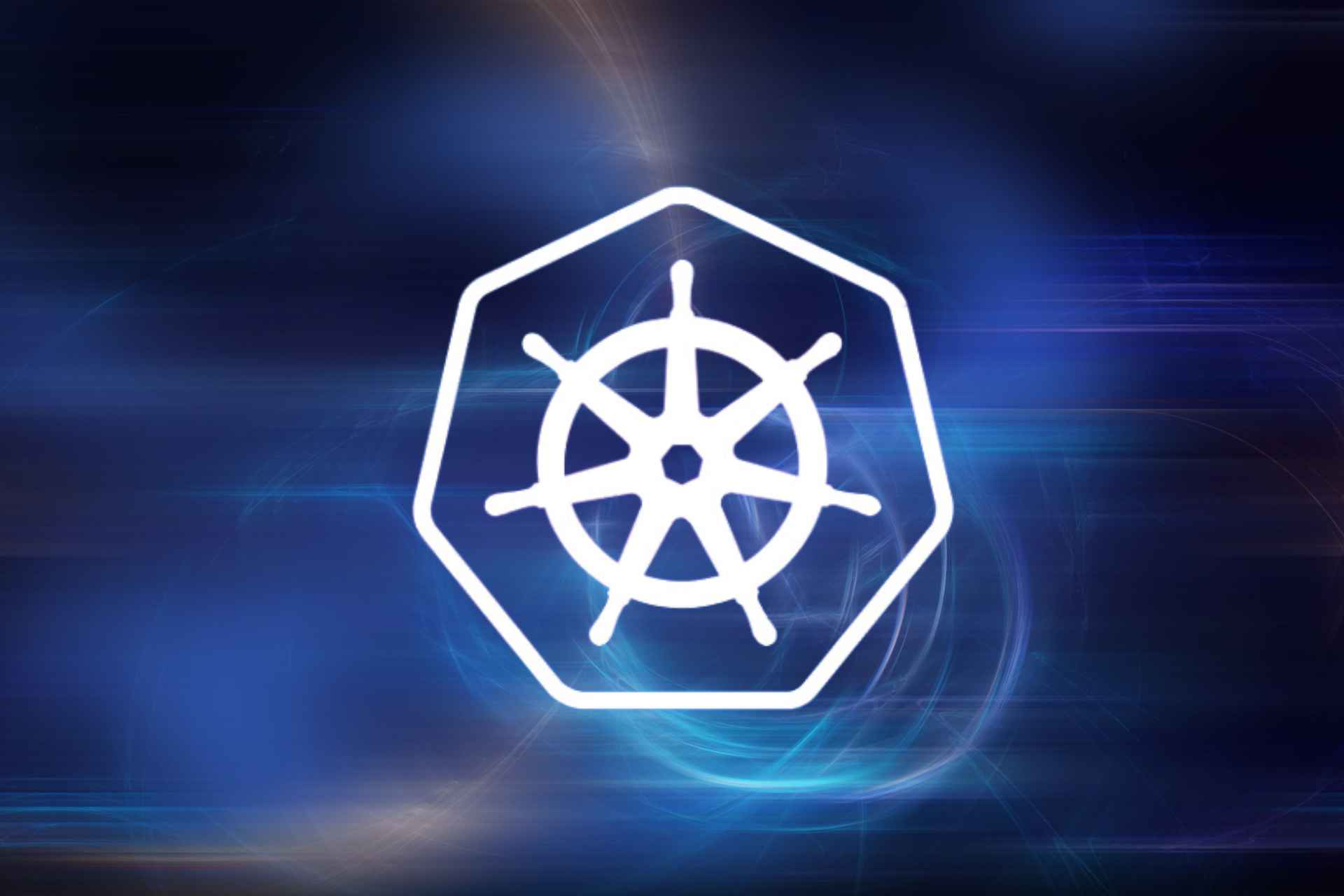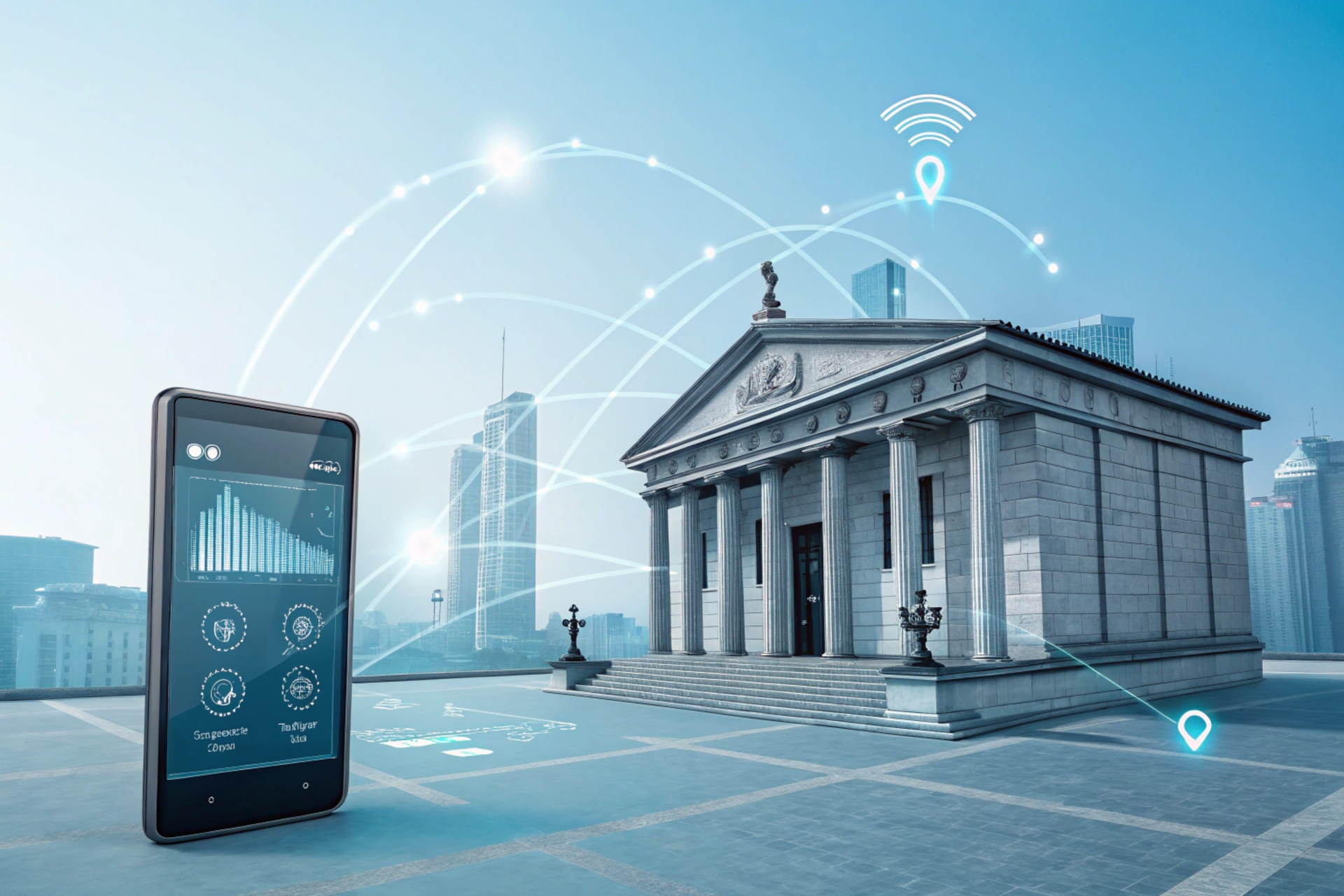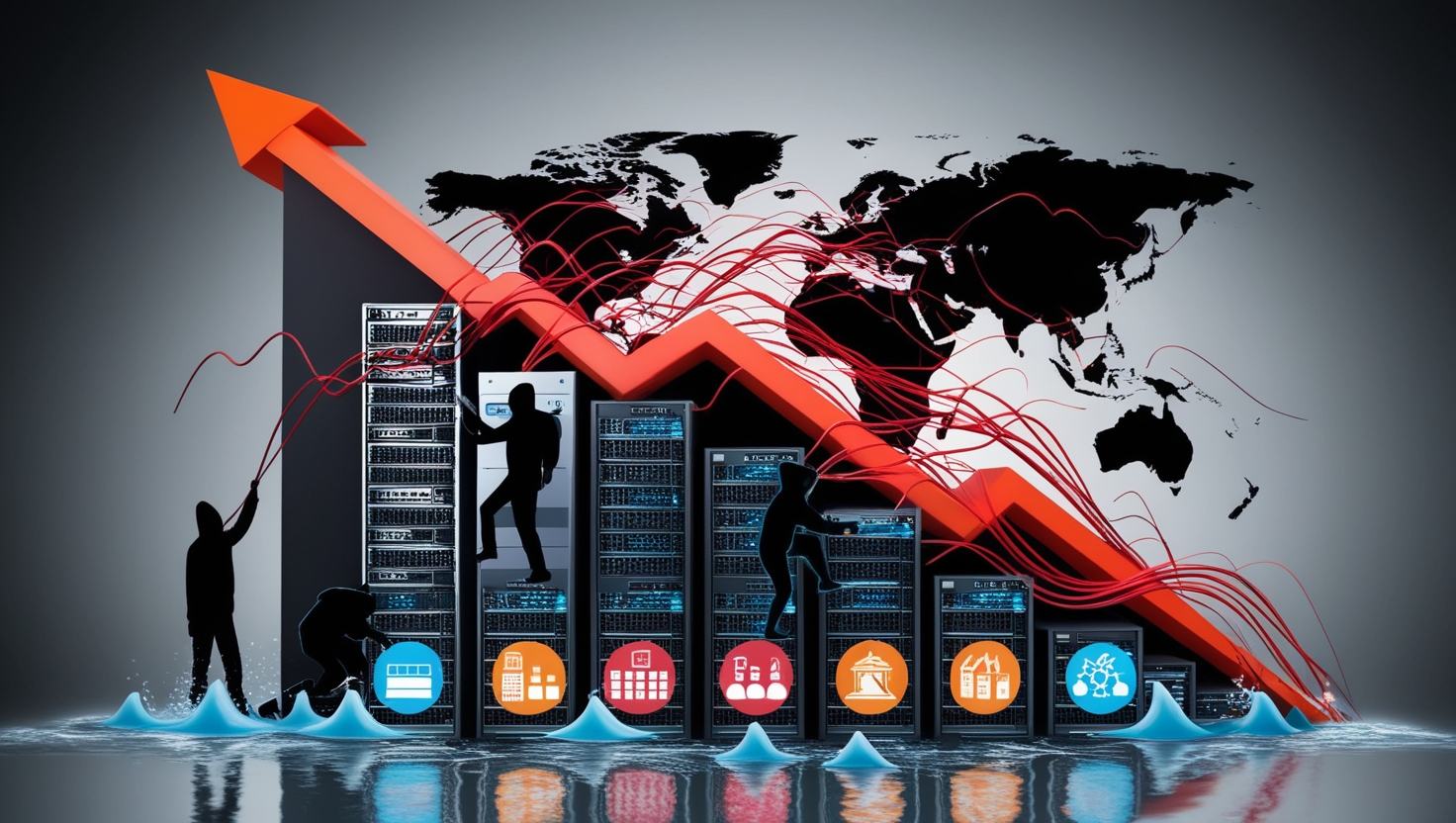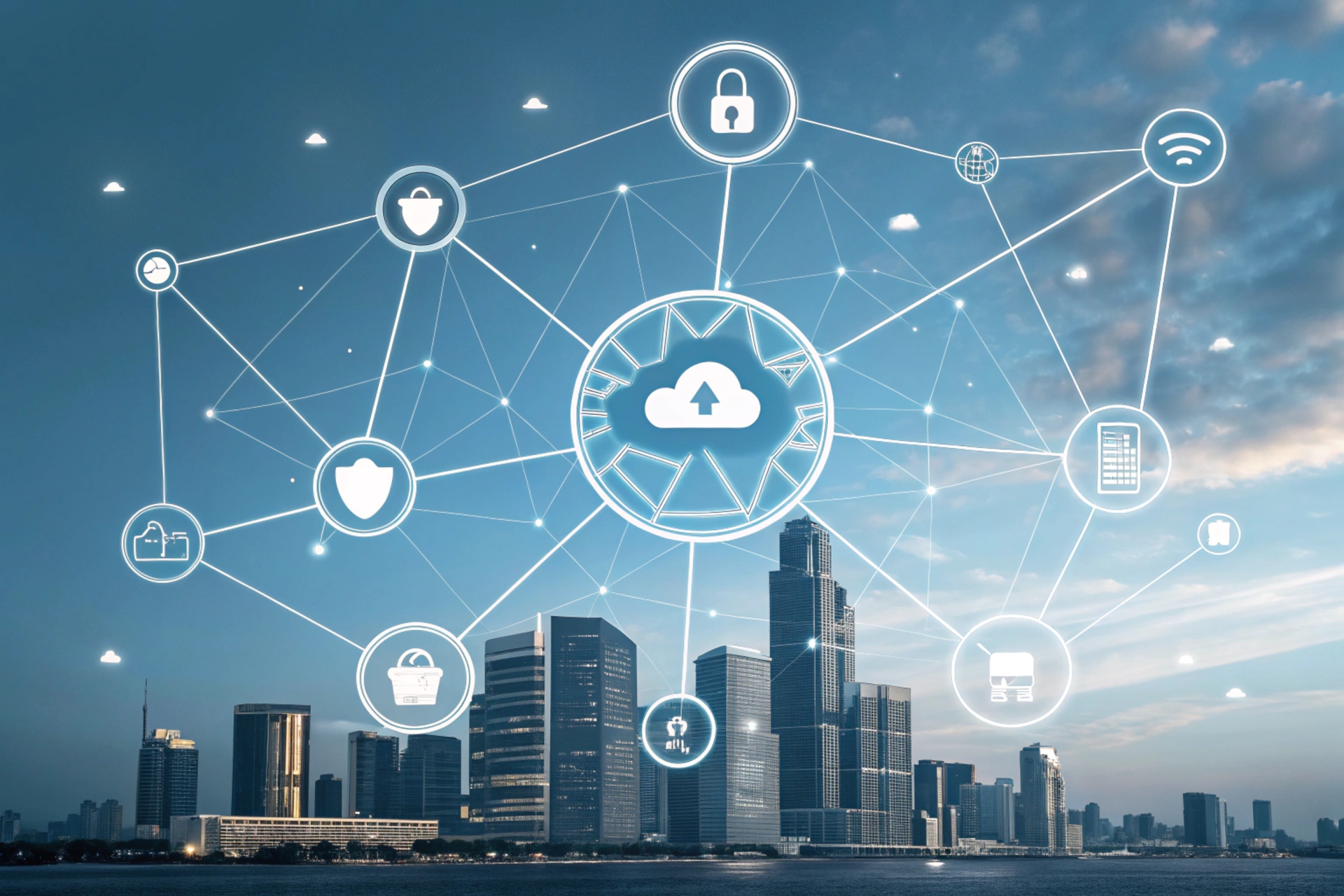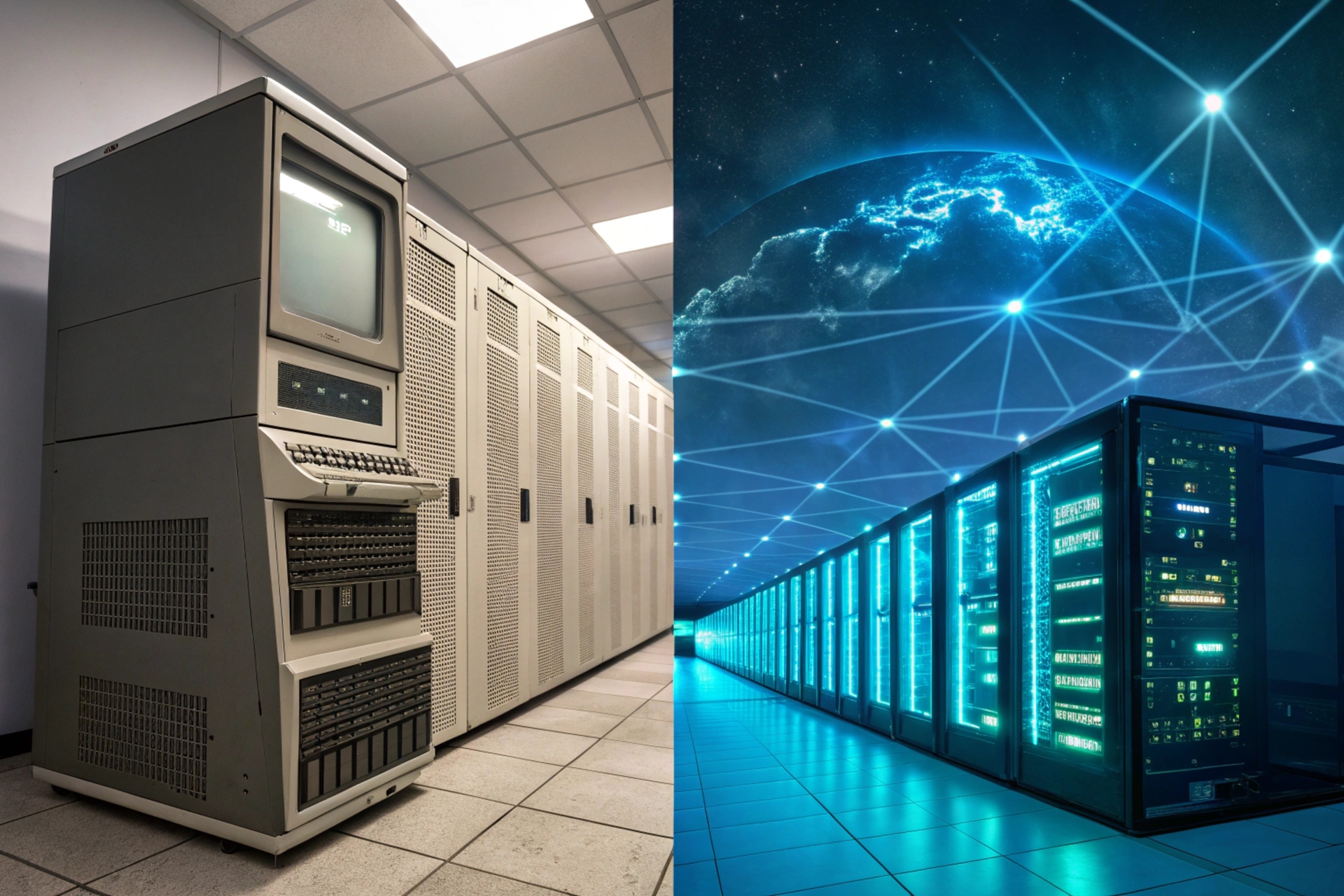
Mainframe systems, once the backbone of many organizations, continue to play a crucial role in today’s digital landscape. However, to remain competitive and efficient, these legacy systems require modernization. This guide explores the key strategies and technologies that can help businesses effectively modernize their mainframe environments.
Understanding the Need for Modernization
As businesses grapple with increasing data volumes, evolving customer expectations, and the rise of digital disruption, the limitations of traditional mainframe systems become apparent. Modernization is essential to address these challenges and unlock the full potential of these systems.
Key Benefits of Mainframe Modernization
- Enhanced Performance and Scalability: Modernization can significantly improve system performance and scalability, enabling businesses to handle increasing workloads and complex applications.
- Improved Security: By implementing the latest security measures and encryption techniques, organizations can safeguard sensitive data and protect against cyber threats.
- Reduced Costs: Modernization can lead to cost savings through increased efficiency, reduced downtime, and optimized resource utilization.
- Enhanced Agility and Innovation: By adopting modern development practices and technologies, businesses can accelerate time-to-market for new products and services.
Strategies for Mainframe Modernization
- Rehosting: This approach involves migrating mainframe applications to a different hardware platform, such as a cloud environment, without making significant code changes. Rehosting can be a quick and cost-effective way to modernize, but it may not address underlying performance or scalability issues.
- Refactoring: Refactoring involves modifying the application code to improve its structure, readability, and maintainability. This approach can enhance performance, security, and scalability, but it requires significant technical expertise and can be time-consuming.
- Replatforming: Replatforming involves migrating applications to a modern platform, such as a cloud-native environment, while making necessary code changes to leverage the new platform’s capabilities. This approach can offer significant benefits in terms of performance, scalability, and cost-effectiveness.
- Rearchitecting: Rearchitecting involves completely redesigning and rebuilding applications using modern technologies and architectural patterns. This approach can provide the greatest flexibility and potential for innovation, but it is also the most complex and time-consuming.
Leveraging Modern Technologies
- Cloud Computing: Migrating mainframe applications to the cloud can offer numerous benefits, including improved scalability, cost-efficiency, and disaster recovery capabilities.
- Automation: Automating routine tasks and processes can reduce manual effort, improve accuracy, and accelerate time-to-market.
- Artificial Intelligence and Machine Learning: AI and ML can be used to analyze vast amounts of data, identify patterns, and make informed decisions.
- DevOps: Adopting DevOps practices can streamline the development and deployment process, leading to faster delivery of new features and improvements.
Best Practices for Successful Modernization
- Clear Goals and Objectives: Define clear goals and objectives for the modernization project to ensure alignment with business strategy.
- Thorough Assessment: Conduct a comprehensive assessment of the existing mainframe environment to identify modernization opportunities and potential challenges.
- Phased Approach: Break down the modernization project into smaller, manageable phases to reduce risk and complexity.
- Skilled Workforce: Invest in training and development to equip your team with the necessary skills and knowledge.
- Robust Testing and Validation: Thoroughly test and validate all changes to ensure quality and minimize disruptions.
- Continuous Monitoring and Optimization: Implement ongoing monitoring and optimization practices to maintain system performance and security.
By following these strategies and best practices, organizations can successfully modernize their mainframe systems, unlock their full potential, and drive innovation.

